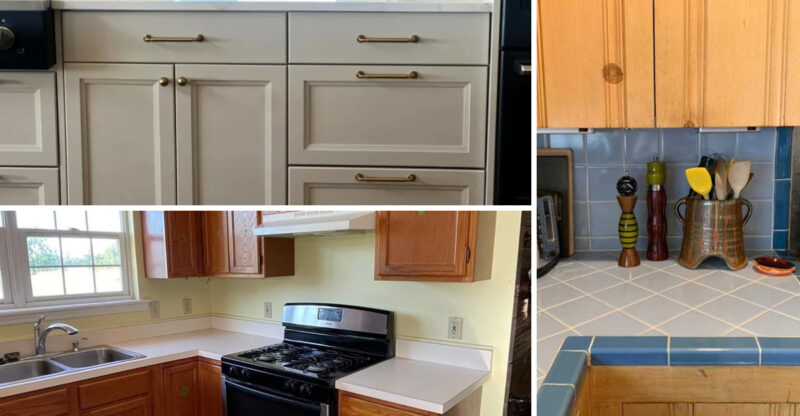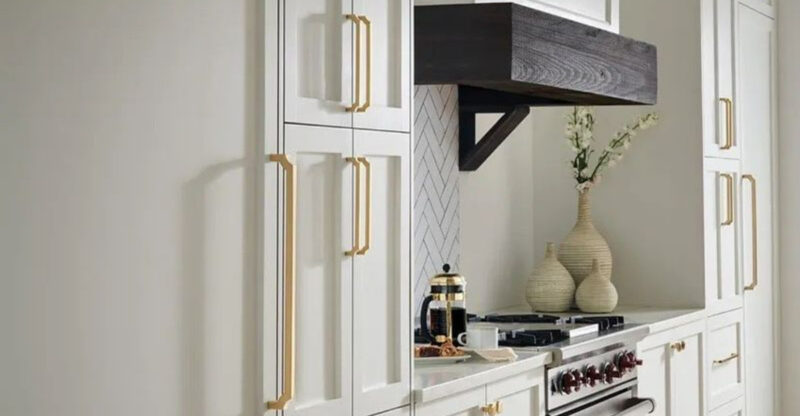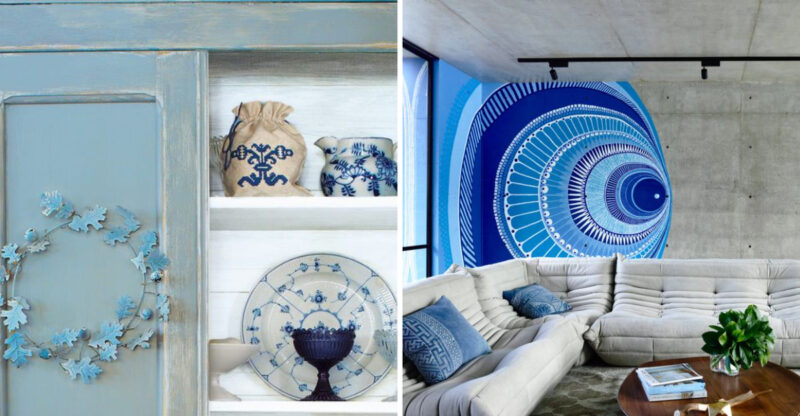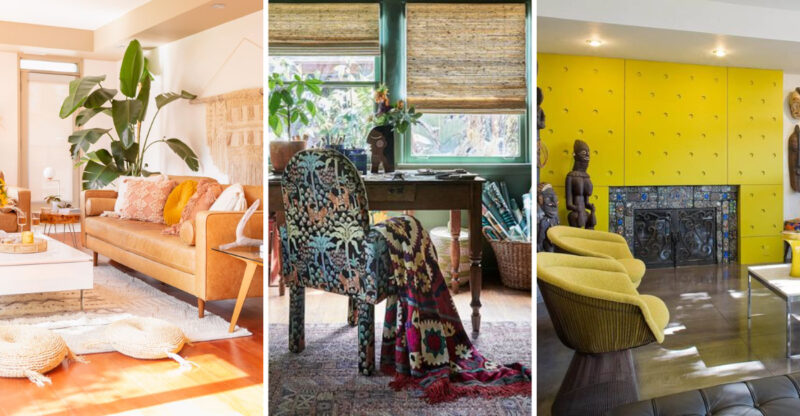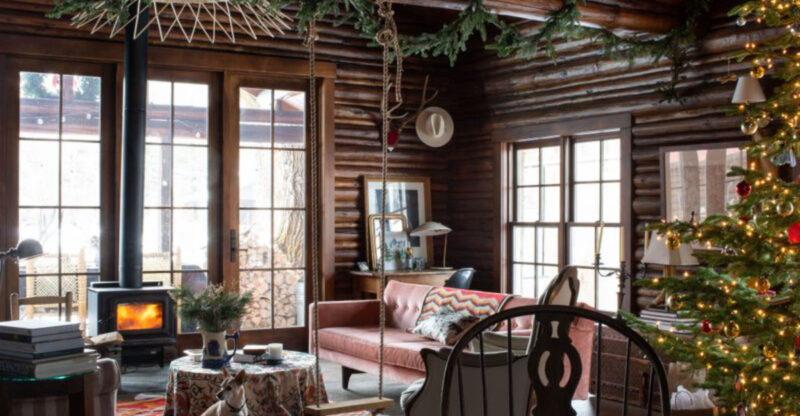17 Home Upgrades Retirees Should Never Make
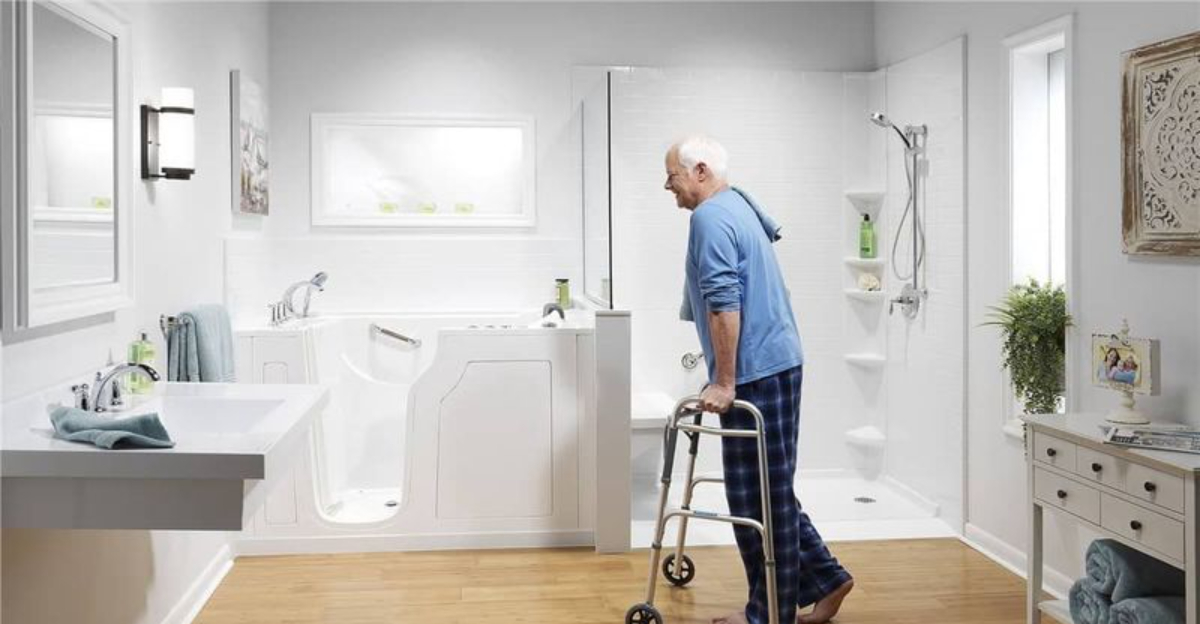
Retirement should be a time of relaxation and financial peace, not expensive home improvement regrets. Many retirees eagerly dive into renovations without considering how these changes affect their fixed incomes or future needs.
Sure, that sunroom sounds dreamy now, but will you still want to mow the lawn or chase down contractors in ten years? Sometimes, less is more when it comes to aging gracefully (and your wallet will thank you!).
Before you grab that sledgehammer or sign a contractor’s agreement, let’s look at some home upgrades that might not serve you well in your golden years.
1. Swimming Pools That Drain Your Savings
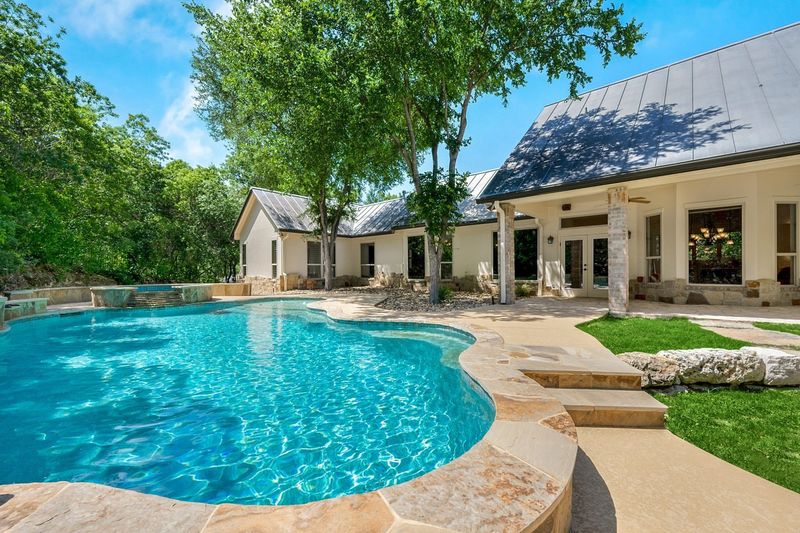
Installing a pool might seem like the ultimate retirement luxury, but the maintenance costs will make your wallet weep! The average pool costs $3,000-$5,000 annually for chemicals, cleaning, and repairs.
Not to mention the increased insurance premiums and potential property tax implications. Many retirees find themselves using their pools far less than anticipated while paying for them far more than expected.
Plus, pools limit your home’s market appeal if you need to sell quickly for health or financial reasons.
2. Luxury Kitchen Overhauls
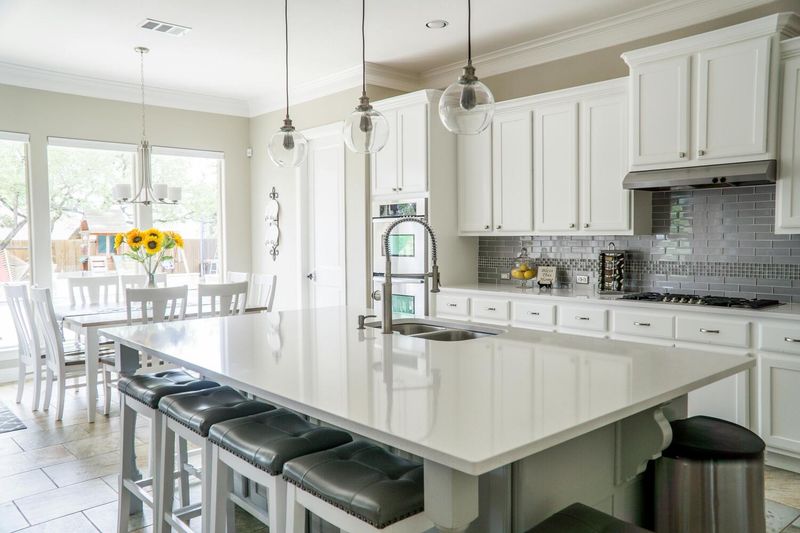
Granite countertops and professional-grade appliances look amazing in magazines but rarely deliver return on investment. Most retirees cook less elaborate meals as they age, making those fancy six-burner stoves practically decorative.
Moreover, kitchens date quickly. That ultra-modern design you love today might scream “2020s” in just five years.
Remember harvest gold appliances from the 70s? Exactly my point. Smart retirees opt for modest, functional updates instead of complete luxury renovations.
3. Sprawling Landscape Projects

Though beautiful, elaborate gardens and complex landscaping create endless maintenance headaches. As mobility decreases, those charming stone pathways and tiered flower beds become difficult or dangerous to maintain.
Watering alone can add hundreds to your utility bills, while professional landscaping services cost thousands annually. Many eventually abandon their garden dreams when the physical demands become too great.
Instead, consider low-maintenance native plants and simple designs that provide beauty without becoming a burden.
4. Second-Floor Master Bedroom Conversions
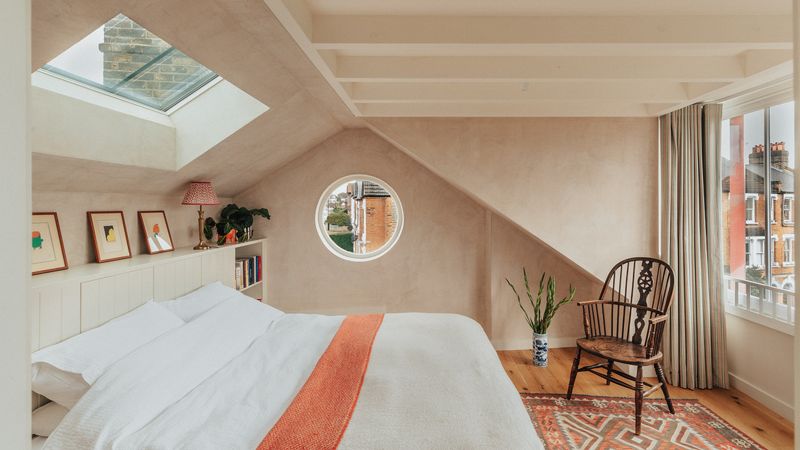
Thinking about moving your main bedroom upstairs? That dreamy retreat might turn into a stairway to nowhere as the years go by!
Navigating stairs can become a real uphill battle, turning your peaceful sanctuary into a no-go zone. Emergency dashes down those steps? Not exactly a walk in the park, especially in the dark.
A surprising number of retirees end up ghosting their upper floors, paying for heating and cooling rooms they barely set foot in.
Play it smart, prioritize single-level living to keep your home comfy and accessible, no matter how your mobility changes. After all, the only steps you want to worry about are dance moves!
5. Trendy Bathroom Fixtures
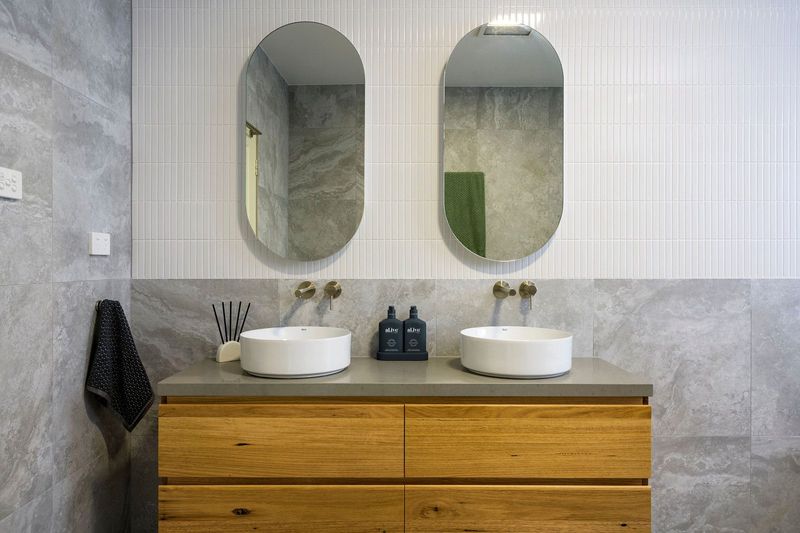
Wall-mounted toilets and rainfall showerheads might look spectacular in design magazines, but they create practical problems for aging bodies. Vessel sinks require reaching and bending, while frameless glass shower doors offer no support for steadying yourself.
Furthermore, trendy fixtures often require specialized maintenance and parts when they inevitably break. Those sleek minimalist designs rarely include the grab bars and non-slip surfaces you’ll eventually need.
Opt for classic, accessible bathroom designs that will serve you throughout retirement.
6. Sunken Living Rooms
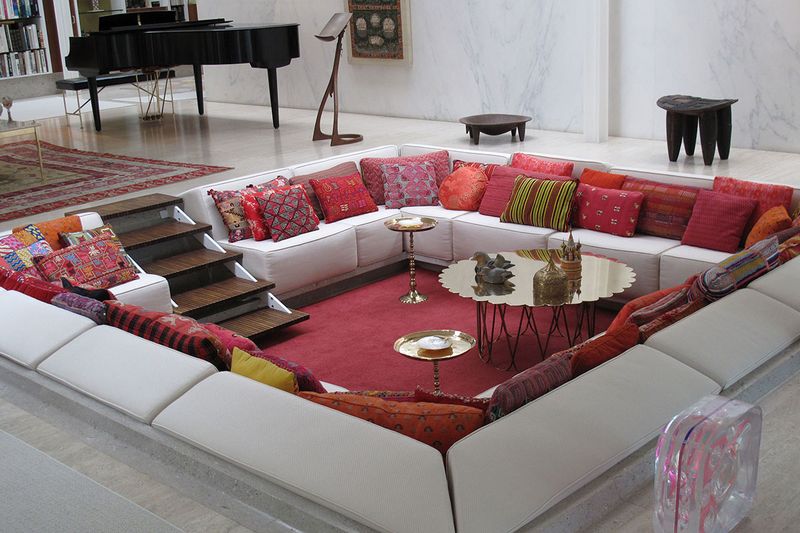
Whoever invented sunken living rooms clearly never thought about aging knees. These architectural features create dangerous trip hazards and accessibility barriers that become more problematic with each passing year.
Homes with level changes require expensive modifications later. Even a single step down can become a major obstacle when mobility aids like walkers or wheelchairs enter the picture.
Save yourself the future renovation headache by avoiding level changes or filling in existing sunken areas before they become problematic.
7. Carpet Throughout The House
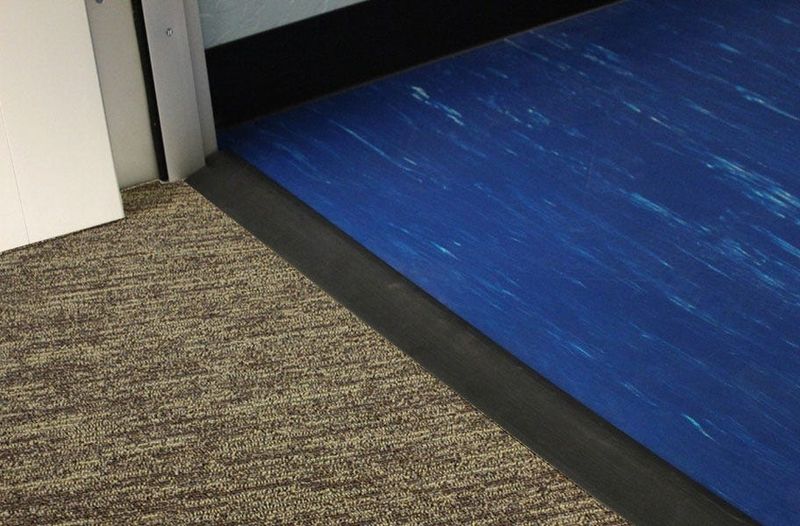
Wall-to-wall carpeting creates a paradise for dust mites and a nightmare for mobility devices. Wheelchairs and walkers struggle to move efficiently over plush carpeting, while cleaning becomes increasingly difficult as bending and pushing heavy vacuum cleaners becomes challenging.
Spills and accidents are harder to clean completely from carpet, often leaving lingering odors. When mobility issues arise, many folks face expensive flooring replacement projects to accommodate their needs.
From my experience working with clients, switching to hard flooring made a huge difference. Not only did it improve accessibility, but cleaning became much less of a chore.
Strategic area rugs added warmth and style without sacrificing flexibility. It’s a win-win for comfort and practicality!
8. Massive Home Additions
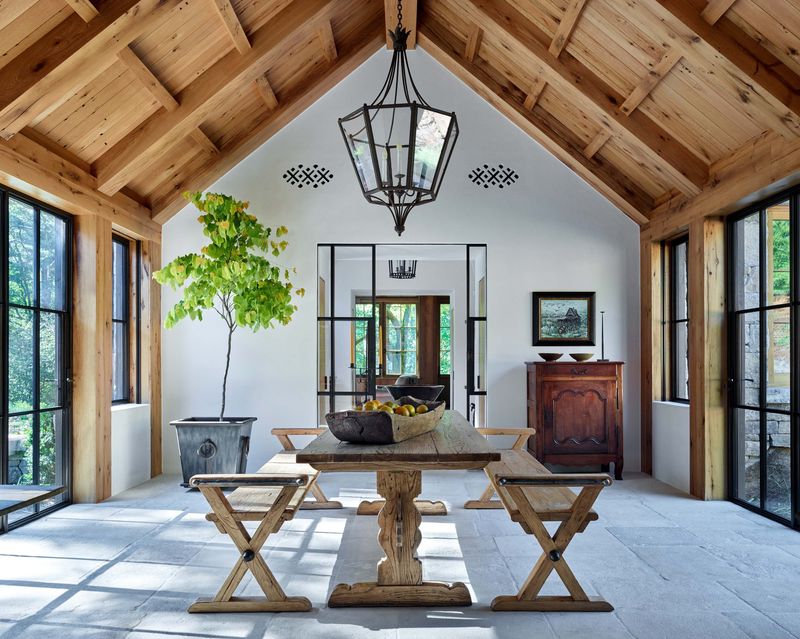
Building that dream in-law suite or expanded great room often leads to regret. Larger homes mean higher utility bills, more cleaning, and increased maintenance costs. Three things most retirees want less of, not more!
A surprising number of retirees discover they use only a fraction of their home’s square footage regularly. The extra space becomes wasted expense rather than added enjoyment.
Instead of expanding outward, consider reconfiguring existing space to better meet your current needs while keeping your home’s footprint manageable.
9. High-Maintenance Exterior Materials
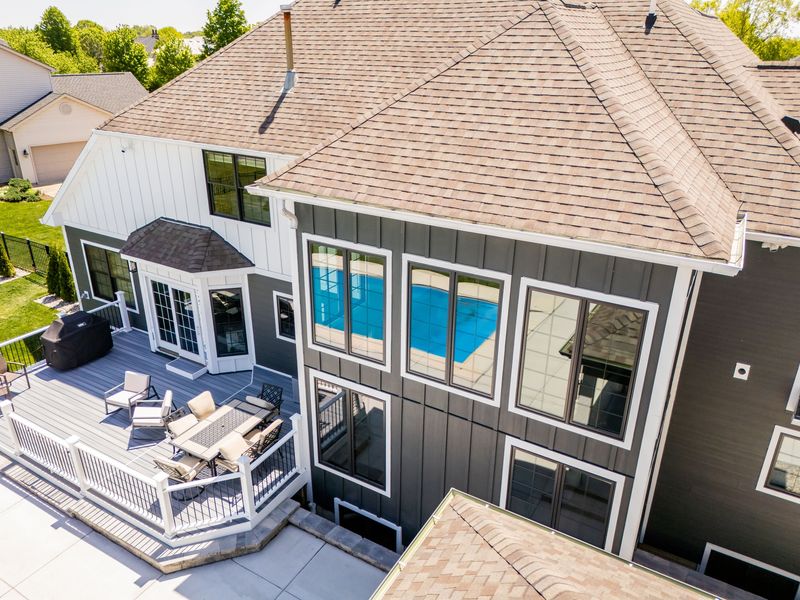
Wood siding and natural stone look gorgeous but demand constant attention. Cedar shakes need regular staining, while stone facades often require repointing and sealing to prevent water damage.
Climbing ladders for maintenance becomes increasingly dangerous with age. Professional services for these high-maintenance materials can cost thousands annually, eating into fixed retirement incomes.
Modern, low-maintenance alternatives like fiber cement siding offer similar aesthetics without the upkeep demands that become burdensome in retirement.
10. Elaborate Window Treatments
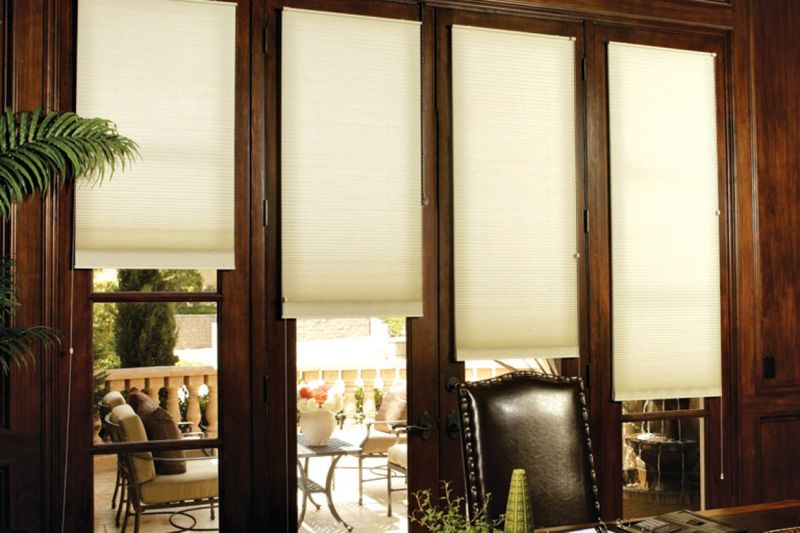
Tired of your fancy curtains turning into dust traps and daily wrestling matches? Those layered window treatments with valances, sheers, and blackout liners might look glamorous, but they often come with a side of high-maintenance chaos.
Trying to maneuver cords and mechanisms with stiff or arthritic hands? It’s less “elegant window dressing” and more “accidental tug-of-war.”
Many end up ditching the drama for simpler, motorized blinds that are easy to use and practically maintenance-free. Because let’s be honest, your windows shouldn’t give you more headaches than your inbox!
11. Garage Conversions
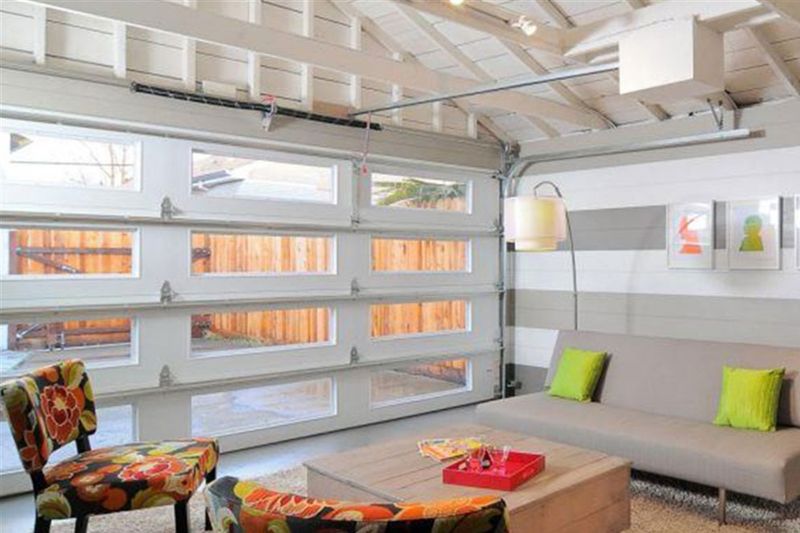
Converting your garage into living space eliminates valuable protected parking that becomes increasingly important as you age. Walking from street parking during inclement weather creates fall risks and exposure concerns that covered parking eliminates.
Loading groceries and entering your home becomes more difficult without that direct garage access. Should mobility issues arise, the garage provides crucial covered, level entry to your home.
Preserve this practical space rather than converting it to a rarely-used hobby room or guest suite.
12. Built-In Tech Systems
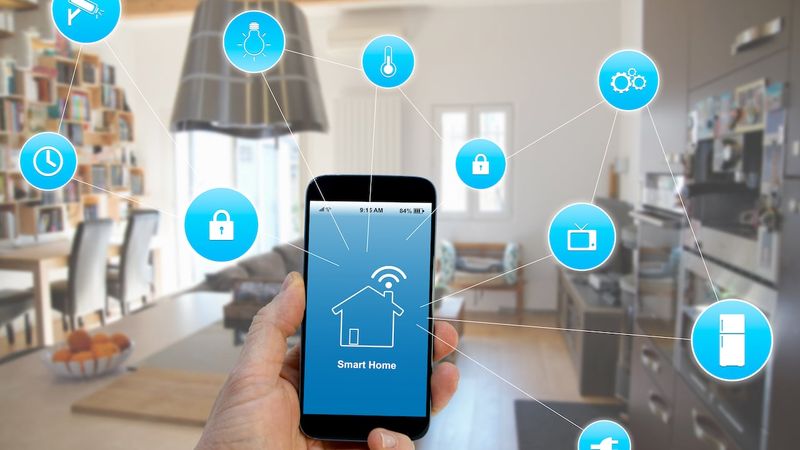
Integrated smart home systems with proprietary technology become expensive paperweights when companies discontinue support. Remember when everyone installed expensive built-in intercoms that now sit useless in walls?
Complex technology often frustrates older users who didn’t grow up with these interfaces. When systems malfunction, finding knowledgeable repair professionals becomes increasingly difficult and expensive.
Opt for simple, standalone tech solutions that can be easily replaced or upgraded without major renovation work.
13. Oversized Bathtubs
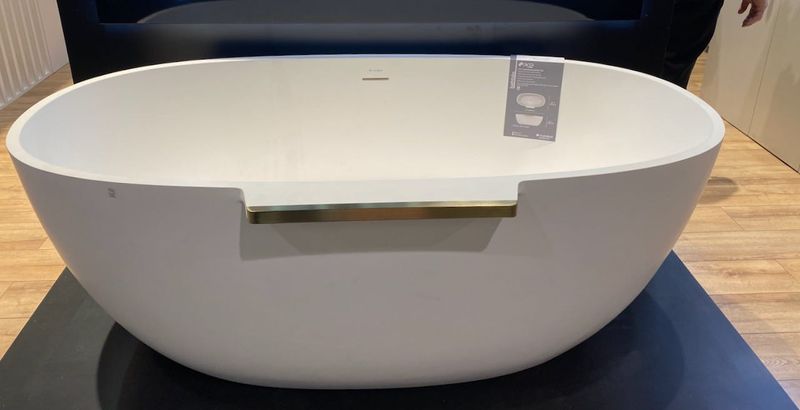
Those massive soaking tubs create serious safety hazards as mobility decreases. High sides require significant stepping and balance abilities that diminish with age, while slippery surfaces increase fall risks.
Plenty of retired individuals find these tubs go unused for years before being expensively removed. The water costs alone for filling these behemoths can add significantly to utility bills.
Walk-in showers with zero-threshold entry and seating provide better long-term bathing solutions that accommodate changing physical needs.
14. Specialty Rooms With Single Purposes
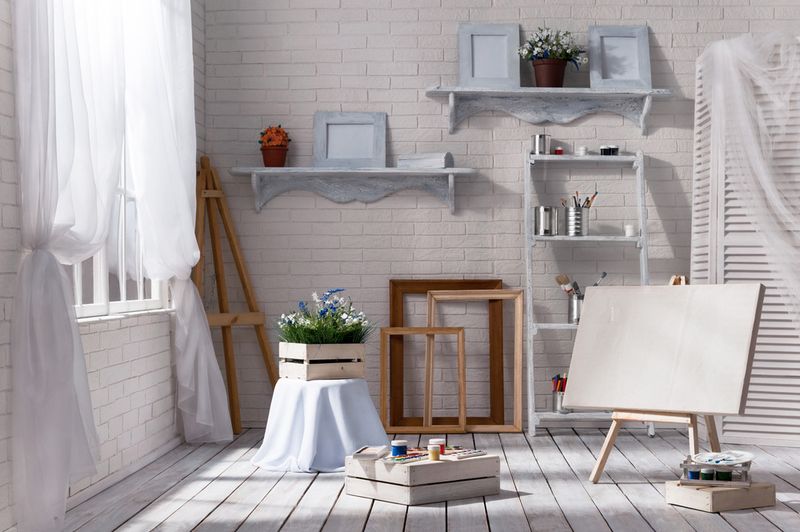
Dedicated home theaters, wine cellars, and craft rooms often become expensive storage areas later in life. These highly specialized spaces rarely adapt well to changing needs and interests as time goes on.
A lot of folks find their hobbies and entertainment preferences shift dramatically. That pricey built-in entertainment system or custom crafting station ends up gathering dust while hogging valuable square footage.
Multi-purpose rooms with flexible furnishings let your home grow and change with you, because who wants their hobby room to become a dust bunny sanctuary? Ready to trade that wine cellar for a dance floor?
15. Removing Bathtubs Entirely
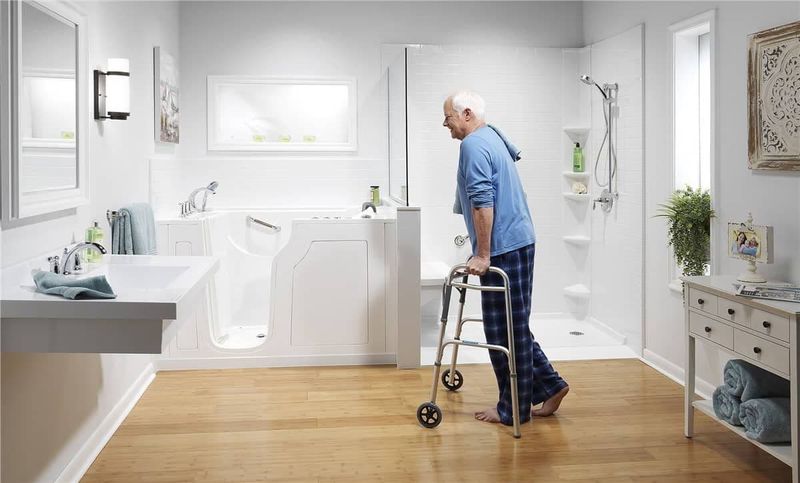
Replacing all bathtubs with showers significantly reduces your home’s appeal to family buyers when it’s eventually time to sell. Homes without any tubs severely limit the potential buyer pool, potentially reducing your property’s value.
Soaking in a tub can provide therapeutic benefits for aging joints and muscles. Many retirees regret eliminating this option for pain relief.
Keep at least one accessible tub in your home, preferably in a guest bathroom where future buyers would expect to find one.
16. Ultra-Modern Lighting Systems
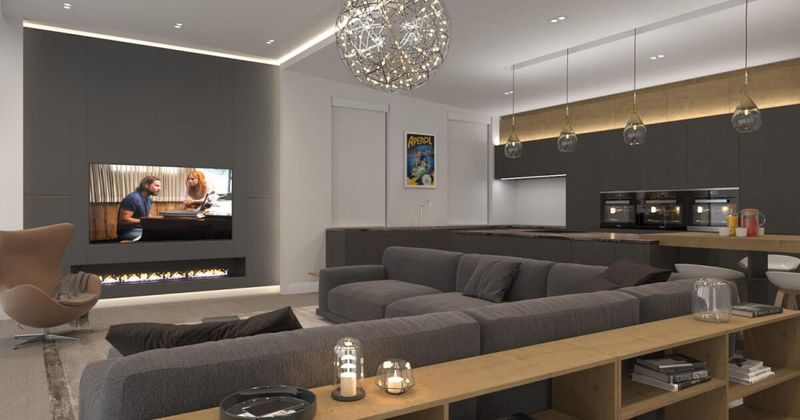
Ever feel like your fancy lighting system is brighter on frustration than illumination? Those trendy dimmers and proprietary controls might look sleek, but when bulbs burn out or programming glitches pop up, it’s a real light show of headaches.
As we age, our eyes crave more brightness, not less, making those moody, atmospheric fixtures less than practical. Recessed lights scattered across the ceiling can turn into a maintenance nightmare that often calls for pricey professional help.
Simple, accessible lighting with standard bulbs and easy-to-use switches shines far better for golden years living. After all, the only thing that should be out of the dark is your home, not your patience!
17. Removing Walls For Open Concepts
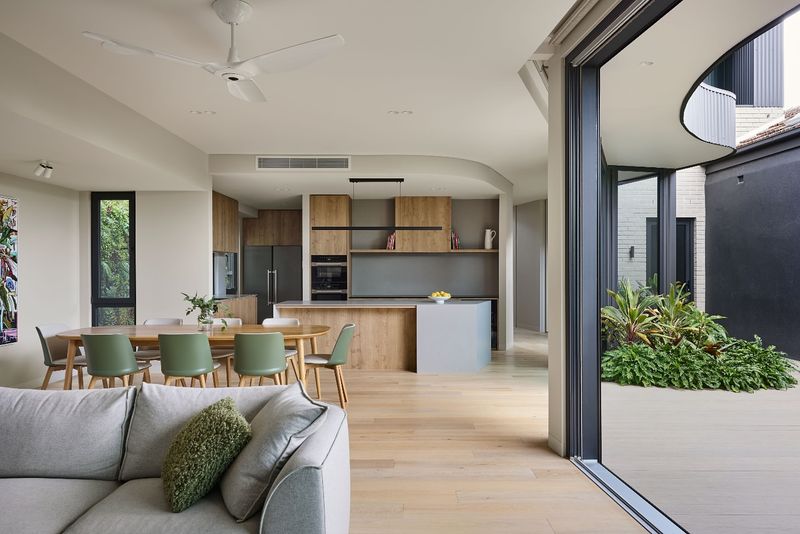
Knocking down walls to create vast open spaces eliminates privacy and creates noise problems that become increasingly irritating. When one person wakes early or stays up late, the lack of separation affects everyone in the home.
Heating and cooling these large spaces efficiently becomes challenging and expensive. The majority of retirees find themselves wishing for more defined rooms as their activities and schedules diverge from their partners.
Maintain some separation between living areas to accommodate different needs and activities throughout retirement.

